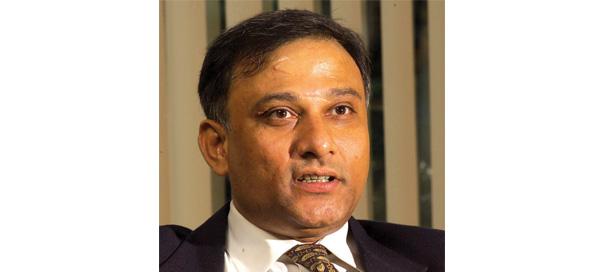By Deepak Ranjan
National Sales Head, UFO Moviez
‘Change is a constant factor of life’ – I grew up with this principle firmly embedded in my mind. But I sometimes wonder whether this tenet is true for our tinsel town, Bollywood.
I come from a small town in India. Around two decades ago, I moved to Mumbai and have been associated with the advertising industry since then. In these 20 years, what has not changed is the popularity of Bollywood content – be it a small town or a metro, it remains just as popular.
Just as Bollywood has been the backbone of the entertainment industry, our audiences continue to be mesmerized by the stars. Dilip Kumar, Rajesh Khanna and Amitabh Bachchan fan clubs have today made way for the Shah Rukh Khan blog, Amitabh Bachchan tweets and Facebook accounts that help people to be a part of their favourite stars’ lives. Internet and technology have facilitated ways for people to stay in touch with their dream icons. Therefore, consumer affinity towards cinema is strong. The love for cinema has just grown over the years.
Meanwhile, we have raced ahead on different revenue models such as film branding, marketing and promotions, merchandising, etc. Film-related toys, comics, games and applications now comprise an important brand building and revenue source, planned months in advance of a release. Much before the term ‘movie marketing’ became popular, I remember hearing how Madhuri Dixit’s crystal-encrusted purple sari had become a huge hit in both wedding circles and local darzi shops. Or how the Amitabh Bachchan hairstyle had become a craze for youngsters. A parallel can be drawn with Aamir Khan’s Ghajini hairstyle, which became very popular recently. Consumers over the years have found multiple ways to feel close to their stars.
Then came the multiplex screens, which allowed us to watch movies on 70mm screens, with the comfort of cushioned and comfortable seats, while being served our favourite snacks and popcorn at our seats. This phenomenon has touched the single screens too, with the buzzword being the comfort of the audience. Twenty years ago in my hometown Bokaro Steel City, the single screen Devi Cinema was made plush with carpets, cushioned seats and clean toilets to attract the multiplex audience.
Earlier, some of the most popular programmes on TV used to be ‘Chhayageet’, ‘Chitrahaar’ or the Hindi feature film of the week. Even today, the best programmes on TV have some Bollywood connect. This is the only media platform that offers an array of content to other platforms like TV, Print, Radio and Internet. The power that cinema has over the viewer gives these platforms an opportunity to drive audiences. The same power is in fact extended to introduce products to consumers through celebrity endorsements.
The proliferation of digital cinema technology has ensured that movies now reach audiences across India first day first show without delay, transforming it into a mega enterprise. What used to be the silver and golden jubilee model has now evolved to mega million jackpot winners with a shorter life span, of course. This represents an unchanging sentiment: our love for the magic of song, dance and drama on the big screen.
Feedback: deepak.ranjan@ufomoviez.com























